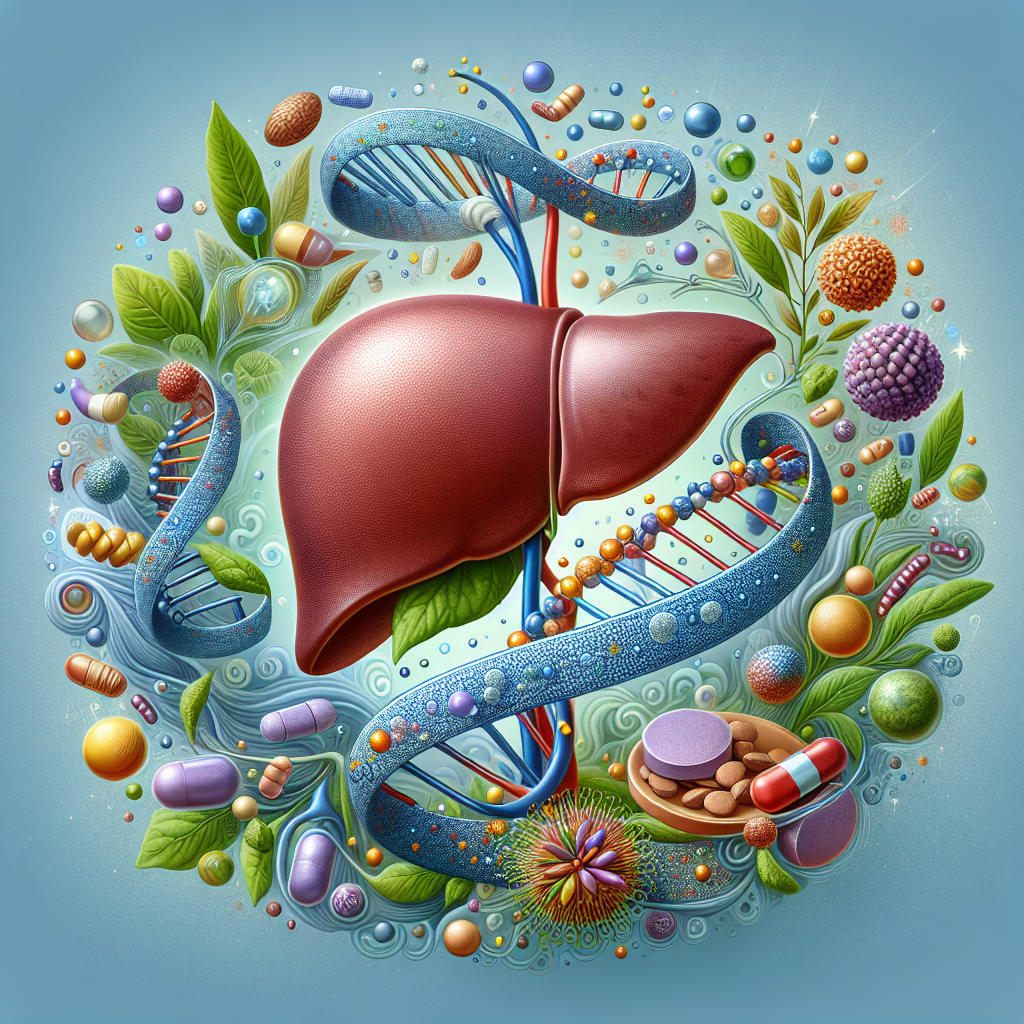In an age where the line between traditional and modern medicine continues to blur, understanding the complexities of how different treatments interact is crucial for maintaining health. Herbal remedies, often perceived as natural and safe, can have significant interactions with prescription drugs, leading to either reduced efficacy or increased risk of adverse effects. This article delves into the science behind these interactions and provides guidance on navigating the integration of herbal remedies into conventional treatment plans.
The Synergy and Conflict between Herbs and Pharmaceuticals
The use of herbal remedies is a time-honored tradition across the world, often associated with holistic approaches to health. However, as the role of dietary fiber in supplement regimens shows, not all natural products are free from interactions with other medications. Like pharmaceuticals, herbs contain active compounds that can affect the body’s biochemistry. When these compounds are introduced alongside synthetic drugs, they can alter the absorption, metabolism, or excretion of those drugs, leading to a change in their therapeutic action.
Absorption Interactions
One of the primary concerns with combining herbal remedies and prescription drugs is the potential for altered absorption. Herbs can either enhance or inhibit the absorption of certain medications, influencing their bioavailability. For instance, some herbal compounds may bind with drugs in the digestive system, reducing their uptake into the bloodstream. Conversely, herbs that affect gastrointestinal motility or pH levels can increase the absorption rate of certain medications, potentially leading to toxicity.
Metabolic Interactions
The liver is a key player in drug metabolism, where enzymes such as the cytochrome P450 system are responsible for breaking down medications. Herbal remedies can modulate the activity of these enzymes, leading to either an acceleration or a slowdown of drug metabolism. This can result in sub-therapeutic levels of the medication or, conversely, an accumulation that could be harmful.
Excretion Interactions
Herbs can also affect the excretion of drugs through their influence on renal function. By altering the filtration, secretion, or reabsorption processes in the kidneys, herbs may change the rate at which drugs are removed from the body. This can lead to either an unintentional increase in drug action or a premature decrease in efficacy.
Case Studies of Specific Herb-Drug Interactions
A number of well-documented case studies highlight the importance of understanding herb-drug interactions. For example, St. John’s Wort, commonly used for depression, has been shown to induce the metabolism of certain medications, such as antidepressants and birth control pills, reducing their effectiveness. On the other hand, grapefruit juice, while not an herb per se, contains compounds that inhibit drug-metabolizing enzymes, leading to increased levels of drugs like statins, which are used for cardiovascular health.
Another notable example is Ginkgo biloba, often taken for cognitive enhancement. This herbal remedy can impact the anticoagulant properties of drugs such as warfarin, raising the risk of bleeding. These instances underscore the need for a careful review of any herbal supplements being considered as part of a treatment regimen, particularly for patients managing chronic conditions.
Mitigating Risks and Enhancing Safety
To navigate the potential pitfalls of combining herbal remedies with prescription drugs, patients should adhere to several best practices:
-
Consult with Healthcare Professionals: Always discuss any herbal supplements with a doctor or pharmacist to understand possible interactions with current medications. Choosing the right herbal supplements for your health concerns is a critical step that should not be taken without professional advice.
-
Stay Informed: Patients should be proactive in learning about their medications as well as the herbal remedies they are considering. This includes reviewing scientific literature and reputable sources that delve into the pharmacokinetics and pharmacodynamics of these substances.
-
Monitor for Adverse Reactions: After starting any new herbal remedy, monitor for any unexpected symptoms or changes in the efficacy of prescription medications. This vigilance can help identify interactions early on.
-
Standardize Herbal Intake: Use standardized extracts where possible, as these are more likely to have consistent levels of active compounds, reducing the variability in interaction potential.
High-Quality Resources for Further Research
For those looking to explore the topic of herb-drug interactions further, the following niche resources offer in-depth information:
-
A database provided by the National Institutes of Health on botanical dietary supplements, which includes detailed profiles on common herbal remedies and their potential interactions.
-
The Natural Medicines Comprehensive Database, an evidence-based resource that provides information on the safety and efficacy of natural products, including potential drug interactions.
-
An article from the Journal of Pharmacognosy and Phytochemistry that scientifically evaluates the mechanisms of herb-drug interactions, offering a peer-reviewed perspective on the subject.
-
The American Botanical Council, which offers a wealth of information on herbal medicine, including research on herb-drug interactions.
-
A clinical guide from the University of Washington on drug interactions, particularly focusing on the role of cytochrome P450 enzymes, which is pivotal in understanding the metabolic aspect of these interactions.
In conclusion, while herbal remedies can offer benefits, their integration into a treatment plan involving prescription drugs must be handled with care. Understanding the mechanisms of interactions and taking a proactive approach to communication with healthcare providers is essential. By doing so, patients can reap the advantages of both traditional and modern medicine safely and effectively.



